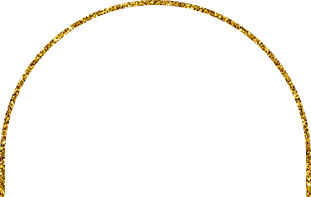chalazion vs stye - #18780
A few days ago, I noticed a small, painless bump on my eyelid. I wasn’t too concerned at first, thinking it was just a stye. However, as the days passed, it didn’t go away, and I started wondering if it could be something else. I did some research online, and I came across the terms chalazion vs stye. I’m now confused about the difference between these two conditions, and I’m not sure which one I have. I’ve had styes before, and I know they usually go away after a few days of warm compresses, but this bump hasn’t improved. I also haven’t had the usual discomfort or pain associated with a stye, which is why I’m not sure if this is a stye at all. From what I understand, a chalazion is a painless bump that forms when a meibomian gland gets blocked, whereas a stye is an infection of the hair follicle at the edge of the eyelid. Could it be that I have a chalazion, or is there still a chance this could turn into a stye? Since it’s not painful, I’ve been trying to treat it with warm compresses, hoping it will resolve on its own. Is that the best approach for a chalazion, or are there other treatments I should consider? I’ve heard that a chalazion can sometimes require surgical drainage if it doesn’t go away, and I’m a little nervous about that. How common is it for chalazion to require surgery, and what does the procedure involve? I’m also wondering if there are lifestyle factors that could be contributing to my eyelid bump. I’ve been stressed out lately, and I know that stress can sometimes affect the skin. Could stress or poor hygiene be causing the blockage in my eyelid? Should I be changing my skincare or eye makeup routine to prevent this from happening again? Since I prefer natural treatments, I’ve been considering Ayurvedic remedies to help with the chalazion or stye. I’ve heard that castor oil can help reduce swelling and promote healing—could this be useful for my eyelid bump? Are there any Ayurvedic oils or herbs that can help with chalazion or stye symptoms, especially when they are at the early stage? Another thing I’m concerned about is whether this condition could be a sign of something more serious, like a chronic eye infection or a systemic health issue. I’ve read that chalazion can sometimes recur, and I wonder if there’s anything I can do to prevent future occurrences. Should I be concerned if I get multiple chalazions or styes in the future? Lastly, I want to understand when I should see a doctor. If the bump doesn’t go away after a few more weeks or if it starts to hurt, at what point should I seek medical attention? How do I know if my chalazion or stye is getting worse and requires professional treatment? I really want to resolve this issue quickly and safely, so any insights or experiences from people who’ve dealt with chalazion vs stye would be helpful.
Doctor-recommended remedies for this condition





Doctors' responses
From your description, it seems likely that you may have a chalazion, especially given the painless nature of the bump and its persistence despite the warm compresses. Styes typically present with pain and swelling and usually improve with warmth. While warm compresses are still beneficial for chalazion as well, they may not be enough for complete resolution, and it is not uncommon for chalazia to require professional treatment if they persist. Surgical drainage is rarely required, often only when the chalazion does not improve over several weeks or becomes bothersome. The procedure is straightforward, typically performed under local anesthesia, and involves making a small incision to allow the contents of the chalazion to drain.
Regarding lifestyle factors, stress can indeed affect your skin and may contribute to various skin conditions. Ensuring proper hygiene, such as regularly washing your eyelids with mild soap and avoiding heavy eye makeup, can also help. Ayurvedic remedies might be beneficial; for instance, castor oil is known for its anti-inflammatory properties and may aid in reducing swelling when applied gently around the affected area. Additionally, you might consider using triphala—a blend of three fruits considered beneficial for overall health—by taking it internally or using it in a poultice for external application.
To prevent future occurrences, maintaining a balanced diet, managing stress through practices like yoga or meditation, and ensuring proper eyelid hygiene can be effective. If you experience recurring chalazia or styes, consider consulting with a healthcare provider to rule out underlying issues. It’s important to seek professional evaluation if the bump increases in size, becomes painful, or changes in appearance over the next few weeks. Keeping a close watch on these changes will guide you on when to get medical attention.

100% Anonymous
600+ certified Ayurvedic experts. No sign-up.
About our doctors
Only qualified ayurvedic doctors who have confirmed the availability of medical education and other certificates of medical practice consult on our service. You can check the qualification confirmation in the doctor's profile.


